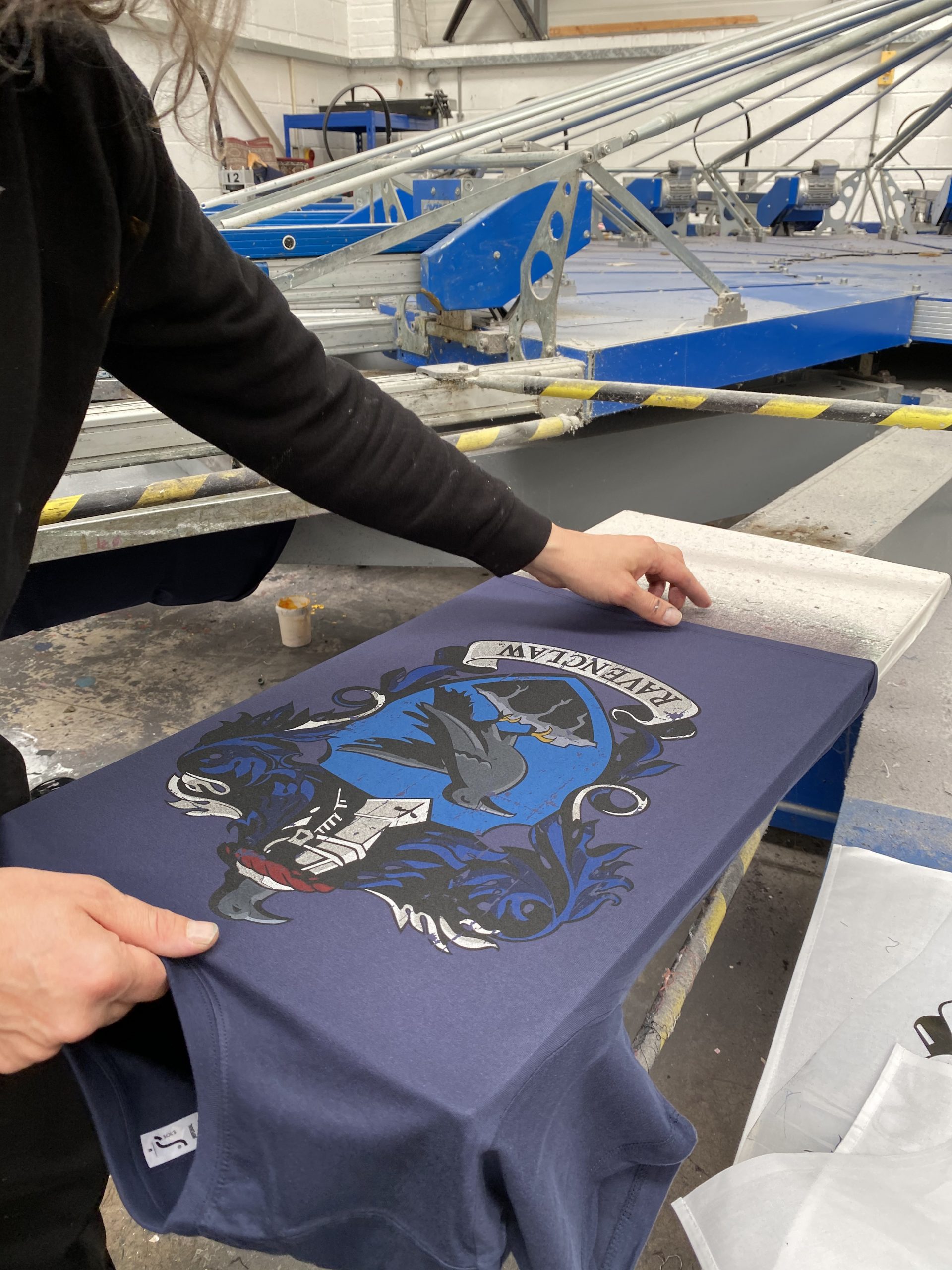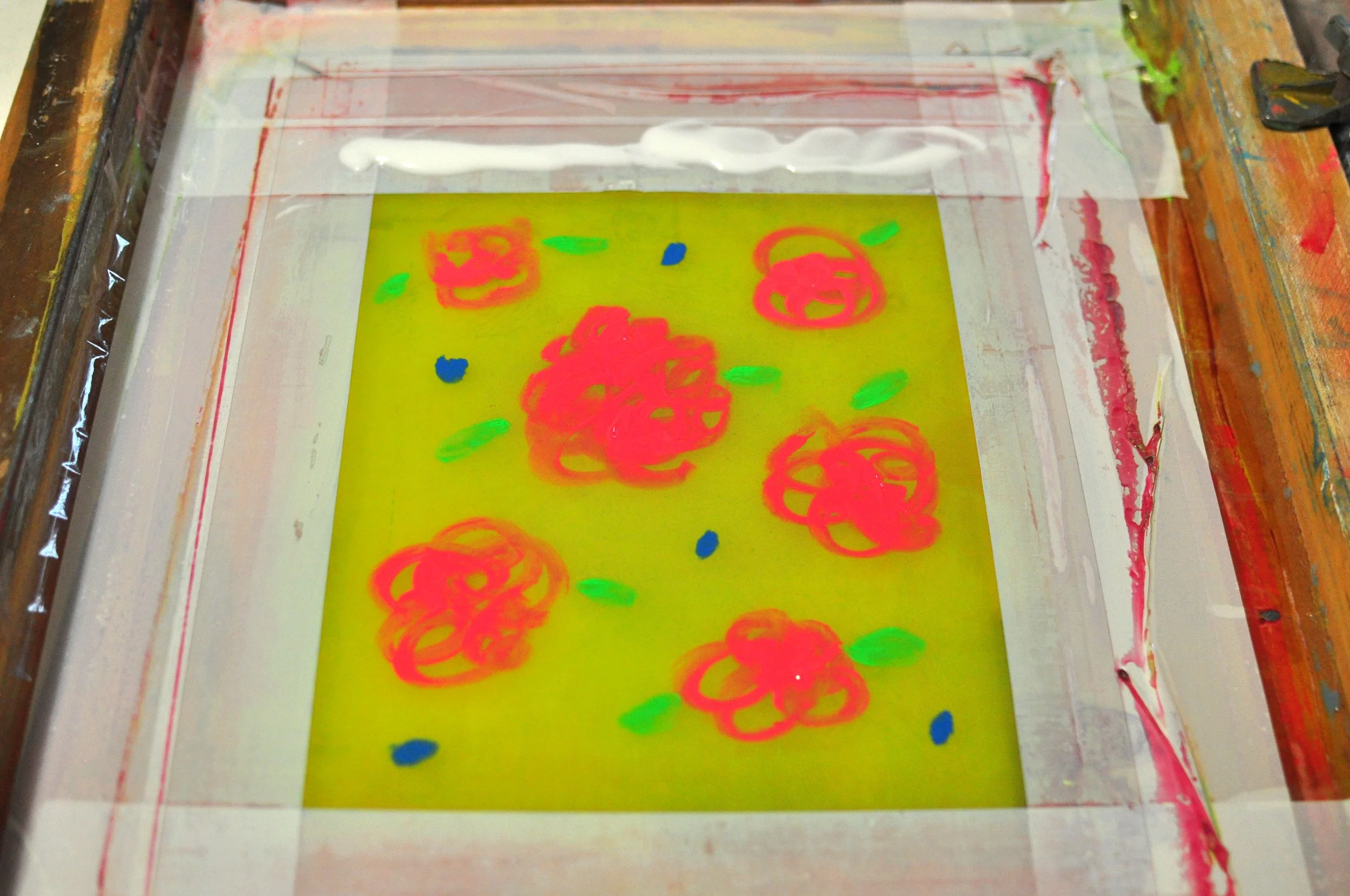The Crucial Guide to Recognizing Screen Printing and Its Versatile Makes use of
Screen printing has a rich background that dates back to ancient times, evolving into an advanced technique utilized throughout different markets today. This guide discovers the complexities of the screen printing process, detailing its applications in style, home, and advertising and marketing style - 10:9 Design Embroidery. Recognizing these basics can open up creative possibility for both business and imaginative jobs. The complying with areas will certainly disclose vital suggestions and techniques to boost one's screen printing ventures
The History of Screen Printing
Screen printing has origins that map back centuries, its development reflects the artistic and technological advancements of various societies. Originating in old China, the method was initially made use of for embellishing textiles and later infect Japan, where it ended up being important to Ukiyo-e woodblock printing. The technique shifted to Europe in the 18th century, where it got popularity amongst artisans and business printers. The creation of photo solution in the 20th century reinvented screen printing, permitting even more elaborate designs and better effectiveness. Musicians like Andy Warhol additionally pushed its appeal, utilizing the tool to develop iconic works that blended commercialism and great art. By the late 20th century, screen printing had actually established itself as a versatile method, employed in fashion, advertising and marketing, and art. Today, it continues to progress, incorporating digital innovation and broadening its applications across various industries.
The Screen Printing Process Explained
Screen printing transforms imaginative visions into concrete designs via a series of accurate actions. Originally, an image is created and then transferred onto a screen, generally made from fine mesh fabric stretched over a structure. A light-sensitive emulsion is put on the screen, which is exposed to light, solidifying in areas not covered by the picture. After rinsing the unhardened solution, a stencil is formed.
Next, the screen is put over the substratum, whether it be textile, paper, or another product. Ink is then pushed with the open areas of the stencil utilizing a squeegee, depositing the layout onto the substrate below. This process can be duplicated for numerous shades, requiring different displays for every hue. The printed thing is cured utilizing warm to guarantee the ink adheres appropriately, resulting in a durable, dynamic style all set for usage.
Kinds of Screen Printing Techniques

Additionally, specialty methods, such as discharge screen printing, remove color from the fabric to develop softer prints, while foil screen printing uses metallic foil to attain a shiny finish (10:9 Design Screen Printing). Each method uses distinctive characteristics, satisfying various website imaginative demands and production scales, inevitably broadening the opportunities within the screen printing domain
Applications of Screen Printing in Numerous Industries

In addition, the signs and advertising and marketing sectors use screen printing for producing attractive screens and banners. This approach permits strong colors and complex layouts that catch interest. In electronic devices, screen printing is used for using conductive inks to circuit boards, essential for part connections. Additionally, the home decoration sector embraces screen printing to produce unique styles on textiles and wall surface art. Overall, screen printing functions as an important device throughout varied fields, enhancing products with personalized and aesthetically attractive graphics.
Tips for Successful Screen Printing Projects
While undertaking a screen printing project, careful attention to detail can considerably improve the last result. First, selecting premium products is crucial; this includes the screen, inks, and substratums. Using suitable mesh counts can affect ink deposition and information resolution. Preparation is equally vital; comprehensive cleansing of screens and appropriate direct exposure times assure crisp prints.
Next off, precise registration is crucial for multi-color prints. Utilizing alignment devices can help achieve accurate layering. Furthermore, screening prints on scrap products before manufacturing helps determine potential issues without losing resources.

Regularly Asked Concerns
What Products Are Best for Screen Printing on Textile?
Cotton and polyester blends are ideal for screen printing on textile because of their longevity and ink absorption. Furthermore, specialty fabrics like silk or canvas can create unique textures and coatings, boosting the general design top quality.
How Do I Clean and Maintain Screen Printing Equipment?
To clean up and maintain screen printing devices, one must frequently clean displays with suitable solvents, check squeegees for wear, oil moving components, and shop all items in a dry, dust-free environment to prolong their life expectancy.
What Are the Environmental Effects of Screen Printing?
Screen printing can have substantial ecological influences, including chemical waste from solvents and inks, water usage throughout cleaning processes, and energy intake. Sustainable techniques and eco-friendly products are vital for minimizing these adverse impacts.
Can Screen Printing Be Done in the house Effectively?
Screen printing can be successfully done at home with the ideal materials and techniques. Enthusiasts can create high quality prints, though success depends upon their ability level, equipment, and understanding of the process entailed.
What Are the Expenses Linked With Beginning a Screen Printing Company?

Beginning a screen printing service involves costs for devices, materials, and office. Preliminary expenditures normally vary from a couple of hundred to a number of thousand bucks, depending on the scale, top quality of machinery, and desired production ability.
Screen printing has an abundant history that dates back to ancient times, progressing right into an innovative technique utilized throughout various industries today. An additional technique, rotating screen printing, utilizes round displays, assisting in continuous printing on fabric rolls, thereby improving performance for large-scale productions. In addition, specialized strategies, such as discharge screen printing, eliminate dye from the textile to create softer prints, while aluminum foil screen printing uses metal aluminum foil to achieve a shiny finish. In the style field, screen printing is widely utilized to create vibrant styles on garments, enabling brand names to display their special styles. Cotton and polyester blends are ideal for screen printing on fabric due to their durability and ink absorption.